Picture this: You’re standing in front of your bedroom mirror, adjusting your shirt for the third time before heading out to meet friends. That familiar voice in your head whispers doubts about your appearance, your worth, your capabilities. Sound familiar?
I’ve been there too, and I discovered something remarkable – how to increase self-confidence through fitness isn’t just about physical transformation; it’s about rewiring your entire relationship with yourself. The gym became my classroom for confidence, teaching me lessons that rippled into every corner of my life.
The Science Behind How Working Out Builds Self-Confidence
When we think about fitness, we often focus on the physical changes – stronger muscles, better endurance, weight management. But the mental transformation is equally profound. How working out helps self confidence goes far beyond what meets the eye.
Exercise triggers the release of endorphins, often called “feel-good” hormones, which naturally elevate mood and create a sense of accomplishment. Research suggests that regular physical activity increases levels of brain-derived neurotrophic factor (BDNF), which supports neural growth and helps build resilience against stress and anxiety.
I’ve found that each completed workout serves as evidence of your capability. It’s like making a promise to yourself and keeping it – and that builds trust in your own abilities. This trust becomes the foundation upon which genuine confidence is built.
Confidence Boosting Workouts for Beginners: Starting Your Journey
The beauty of confidence boosting workouts for beginners lies in their accessibility. You don’t need to deadlift twice your body weight or run a marathon to experience the confidence-building benefits of exercise. Starting small is not just okay – it’s strategic.
Begin with bodyweight exercises like squats, push-ups (even wall push-ups count!), and planks. These movements teach you to work with your body rather than against it. I remember my first push-up – it was against the wall, and it felt like conquering Mount Everest. Each progression, from wall to knee to full push-ups, became a milestone of growing self-belief.
Walking is another underestimated confidence builder. A brisk 20-minute walk can shift your energy, clear mental fog, and provide that crucial sense of forward momentum that confidence requires.
Best Exercises to Improve Confidence (and Build Mental Strength)
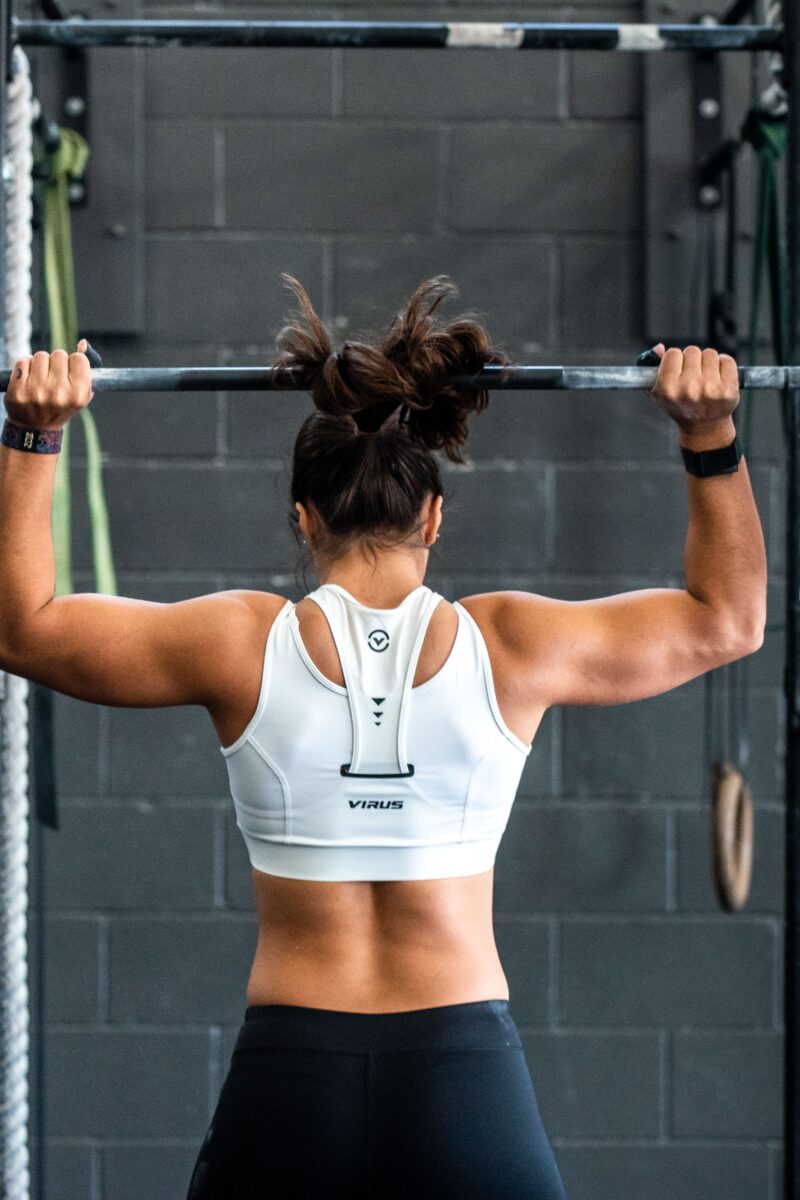
The best exercises to improve confidence are those that challenge you just enough to feel accomplished without overwhelming you. Compound movements like squats, deadlifts, and push-ups engage multiple muscle groups simultaneously, creating a sense of full-body strength and coordination.
Strength training, in particular, offers unique confidence benefits. There’s something deeply satisfying about progressively lifting heavier weights or performing more repetitions. Each increase in weight or reps becomes tangible proof of your growing capability.
I’ve found that martial arts movements, even when practiced alone, can be incredibly empowering. Shadow boxing or practicing basic karate forms connects you with your inner strength and teaches you to move with intention and purpose.
How Strength Training Improves Self-Esteem and Inner Power
How strength training improves self esteem goes beyond muscle development – it’s about discovering your inner resilience. When you push through that final rep when your muscles are screaming to stop, you’re training your mind as much as your body.
Strength training teaches you that discomfort doesn’t equal danger. This lesson translates directly to life situations where you might previously have avoided challenges. The woman who learns to push through the burn of a challenging squat set often finds herself speaking up more confidently in meetings.
When I struggled with feeling physically weak after a period of illness, I discovered that resistance bands made a significant difference. What I particularly value about them is how they allowed me to gradually rebuild strength at my own pace, giving me back that sense of physical capability that’s so crucial for confidence.
How Fitness Improves Self-Image (and Changes How You See Yourself)
How fitness improves self image isn’t primarily about changing how you look – it’s about changing how you see yourself. Regular exercise shifts your relationship with your body from critic to collaborator. Instead of focusing on what your body looks like, you begin appreciating what it can do.
This shift is like switching from a harsh, unforgiving mirror to a friend who celebrates your progress. Your body becomes a source of pride for its strength, endurance, and capability rather than an object of criticism. I’ve watched countless people discover muscles they didn’t know they had, not just physically, but metaphorically – finding inner strength they never knew existed.
The mirror becomes less about judgment and more about recognition. You start seeing someone who shows up, who follows through, who grows stronger each day.
Using Exercise to Build Self-Worth (and Trust Yourself Again)
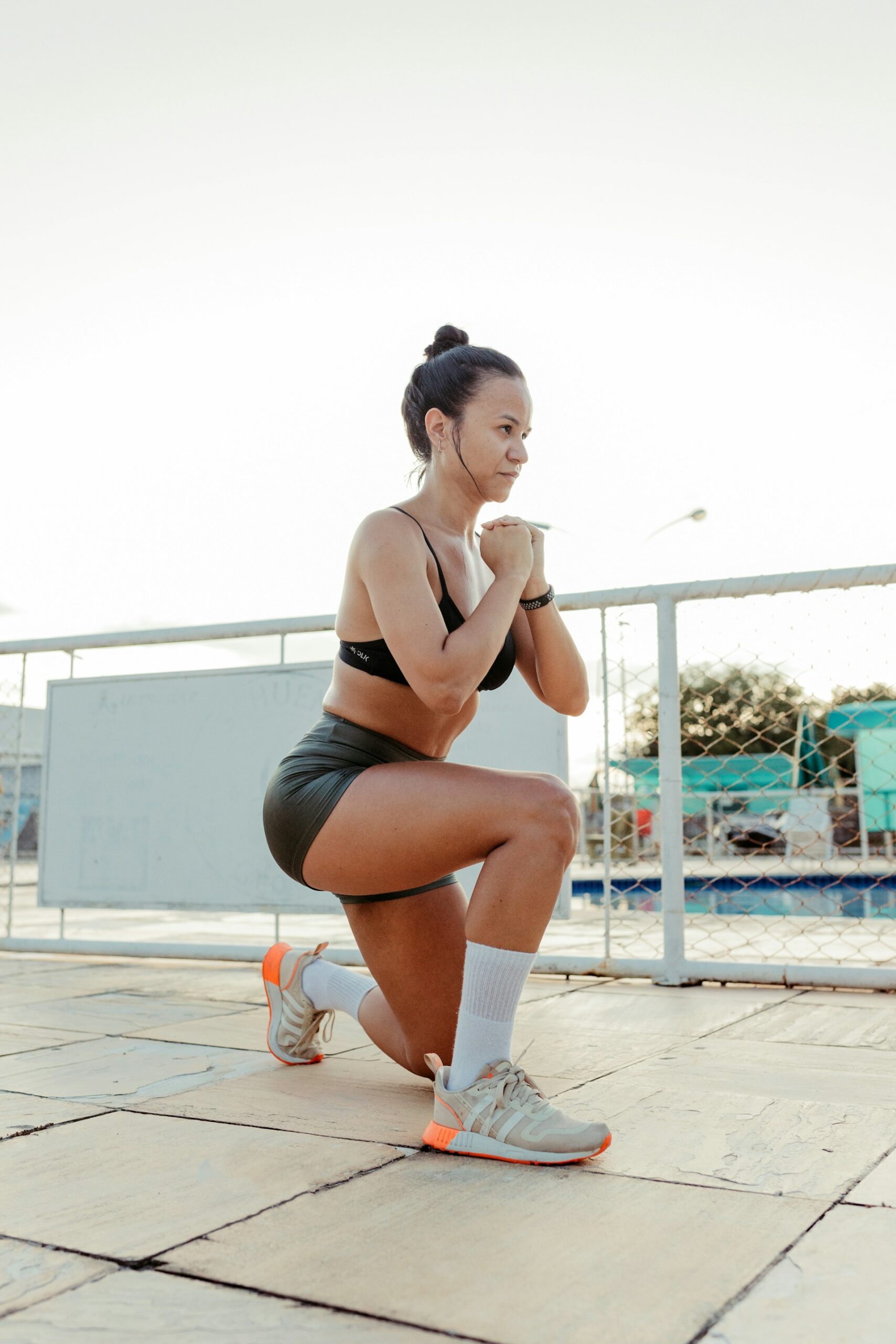
Using exercise to build self worth requires a fundamental shift in how we measure value. Instead of basing worth on external validation or comparison to others, fitness teaches you to value consistency, effort, and personal progress.
Your self-worth becomes tied to your commitment to yourself rather than others’ opinions. The person who commits to three workouts per week and follows through develops a sense of reliability and trustworthiness – with themselves. This internal trust becomes the bedrock of unshakeable confidence.
Building Confidence After Body Changes (Weight Gain or Loss)
Building confidence after weight gain or loss requires patience and self-compassion. Whether you’re working to lose weight, gain muscle, or simply feel comfortable in your changing body, fitness provides a path forward that focuses on strength rather than size.
The key is celebrating non-scale victories: sleeping better, feeling stronger, having more energy, or simply showing up consistently. These victories build confidence that isn’t dependent on a number on a scale or a clothing size.
I’ve learned that confidence after body changes comes from acceptance of where you are while working toward where you want to be. It’s about making peace with the journey rather than waiting for the destination to feel worthy.
Confidence and Body Positivity Through Fitness
Confidence and body positivity through fitness means using exercise as a tool for appreciation rather than punishment. It’s about moving your body because you love it, not because you hate it. This mindset shift transforms every workout from a chore into an act of self-care.
Body positivity through fitness recognizes that every body is different, every journey is unique, and every small step forward deserves celebration. Your fitness journey doesn’t need to look like anyone else’s to be valid and valuable.
The most confident people I know in the fitness world aren’t necessarily the strongest or the most conventionally fit – they’re the ones who show up consistently for themselves with kindness and determination.
Takeaways: How to Build Confidence Through Fitness That Lasts

Your fitness journey to build self confidence starts with a single step, a single rep, a single decision to invest in yourself. Confidence isn’t built overnight – it’s created through consistent, intentional action that reminds you just how capable you are.
Whether you’re training at the gym, walking around your block, or exercising in your living room, every movement can become a tool for transformation. If you’re wondering how to increase self confidence through fitness, the answer is simple: show up, stay consistent, and celebrate every bit of progress.
So what’s the first small step you’ll take tomorrow? A 10-minute walk? Five wall push-ups? Or just putting on your workout clothes as a promise to yourself? That’s where confidence begins.
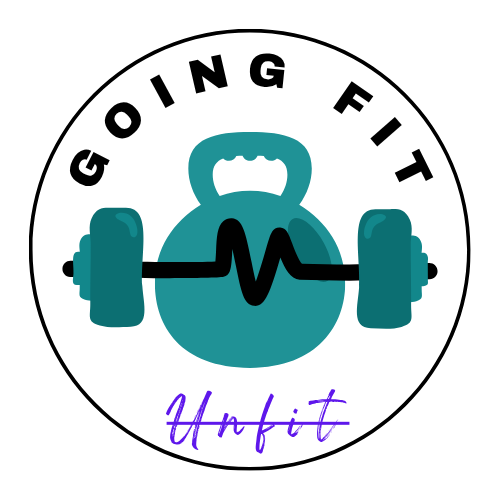
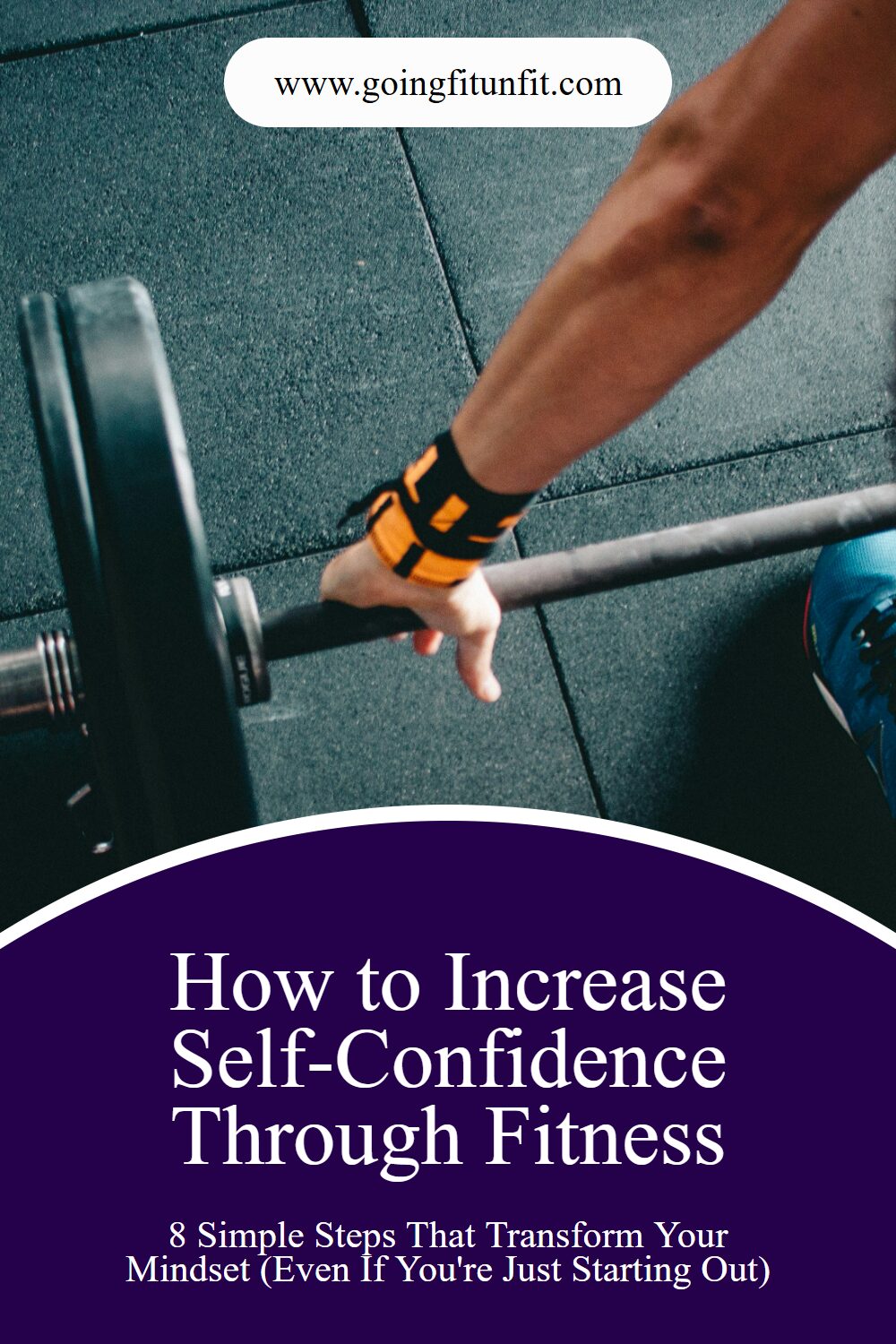

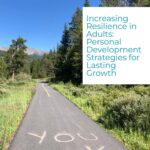










Leave a Reply